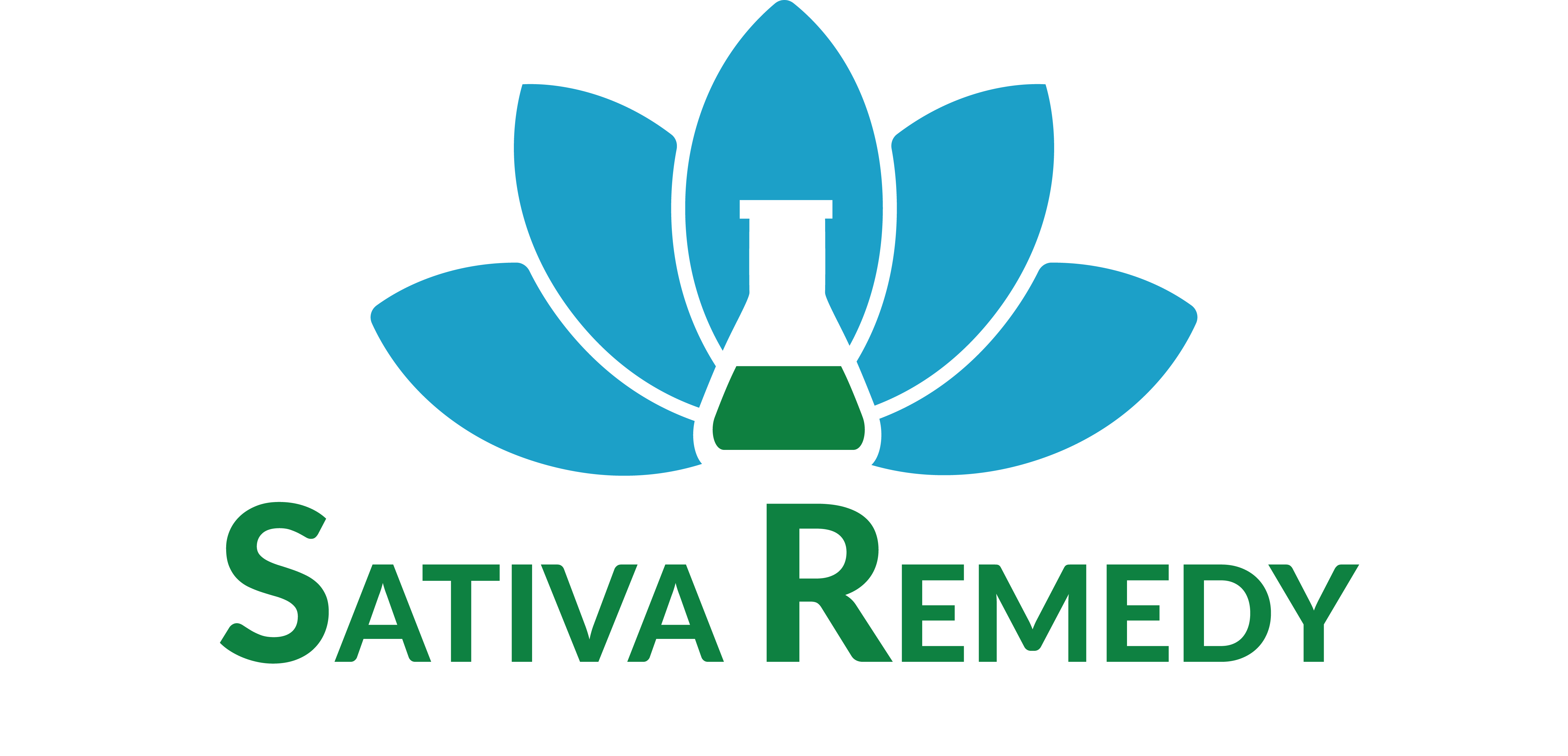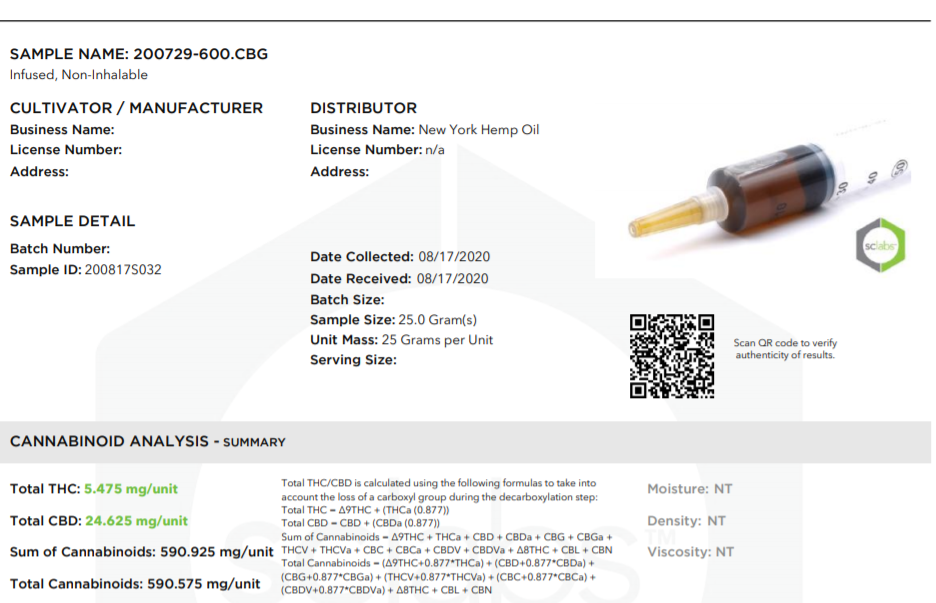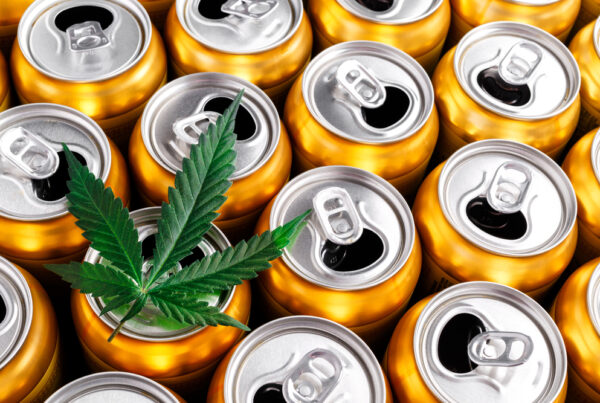The hemp market is growing at a faster pace than ever before. So, it’s only natural that consumers want to know with certainty that they’re getting high-quality, pure, and legitimate products when they shop for CBD and other cannabinoid-infused goods. Companies can promise that their particular hemp is the best out there. Still, there is only one true way to know what you’re getting is exceptional quality. It’s by looking at third-party tested lab reports provided by the manufacturer.
In fact, it has become all but a required practice that hemp companies have their extracts tested by third-party facilities. Plus, make the resulting reports available to customers.
What are Cannabinoid Lab Reports?
Cannabinoid lab reports, also known as certificates of analysis (CoA’s), are documents provided by a hemp company that come from a third-party testing facility that analyzes hemp extracts. It has become an established practice throughout the hemp industry to have each batch of hemp extract tested by one of these facilities, and for companies to post the resulting reports on their website in order to give customers confidence that they’re selling legitimate and high-quality hemp-based goods.
These reports offer objective, unbiased information regarding the hemp that’s in the product. But, in order to benefit from the availability of these reports, you have to know what to look for. You see, a CBD company can make any claims that they’d like regarding how good their products are. So, understandably, consumers want to make sure that they can trust that a company sells products that are safe, pure, and effective. Now you can see why these lab reports are such an essential part to developing trust among customers.
What You Can Find in a Cannabinoid Lab Report
Third-party labs are only testing the hemp extract used in a particular product. Rather, than the entire product’s formula. Whether you’re buying a CBD tincture, edible, capsule, or some other type of product, you’re only going to be finding information about the actual hemp content rather than the other ingredients.
#1: Cannabinoid Profile
Refers to a breakdown of the cannabinoids that are present in the extract being tested. This information is important for two specific reasons:
- This will show you whether or not the extract contains the amount of THC that is legally allowed. A hemp product, according to law, can only have 0.3% THC at most, and the lab report will indicate whether or not the company complies.
- The other thing is that each cannabinoid offers particular properties, Hence, it is useful to know which ones are available in the product you’re about to purchase.
Keep in mind that list of cannabinoids in this piece of the report depends on the type of extract you’re purchasing.
- If you’re purchasing a full spectrum hemp extract, you should see the full variety of hemp cannabinoids in this area. These include the trace amount of tetrahydrocannabinol (THC) that naturally occurs, and a high level of cannabidiol.
- If you’re going for broad spectrum hemp extract, you should not see any THC in the breakdown.
- If buying an isolate product, whether it be CBD, CBN, or even delta 8, you should only find the presence of this cannabinoid.
#2: Terpene Profile
Next, you should see a breakdown of the terpenes present in the hemp extract. Terpenes refer to another class of desirable compounds in hemp. Cannabinoid isolates, however, will not contain terpenes. Broad and full spectrum extracts should contain a large variety.
The profile of terpenes determines the strain of the hemp plant. And, being able to see a breakdown of terpenes found in a particular hemp extract can give you an idea of the unique effects of the particular hemp product you plan on buying.
#3: The Presence of Impurities
It goes without saying that you want a hemp product that’s as pure as possible. Labs test for impurities that can enter the chemical composition of the hemp extract during the growing process, the extraction process and more. Examples of impurities include heavy metals, pesticides and solvents.
#4: The Presence of Harmful Microbes
Being thoroughly tested for harmful microbes, both of a bacterial and fungal nature, ensures that the hemp extract is nontoxic and is safe for consumption.
How to Spot a Fake Lab Report
Unfortunately, some companies will try to get away with posting fake lab reports on their website. This is extremely frustrating for consumers who don’t know any better but to believe the companies, only to find that the CBD product they invested in doesn’t deliver the results that they were hoping for.
- First of all, know that all third-party lab reports should clearly state the laboratory name and a certification number. If these are missing from the report, you should not trust the company. If the company does provide this information and you are still uncertain, you can always do some cross-referencing.
- A lab report should always look neat, tidy, organized, and professional. There should not be different font styles, handwriting, crossing out or whiting out.
- The lab report that shows information different from the product description. An example would be a product being sold as a CBD isolate, while the lab report indicates the presence of many cannabinoids and terpenes.
It always helps to research a company first. Companies with solid reputations don’t use fake lab reports, so you won’t have to waste your time worrying about whether or not their reports are suspicious. A company that doesn’t do any lab testing should be avoided completely, as this is a very bad sign.




Recent Comments